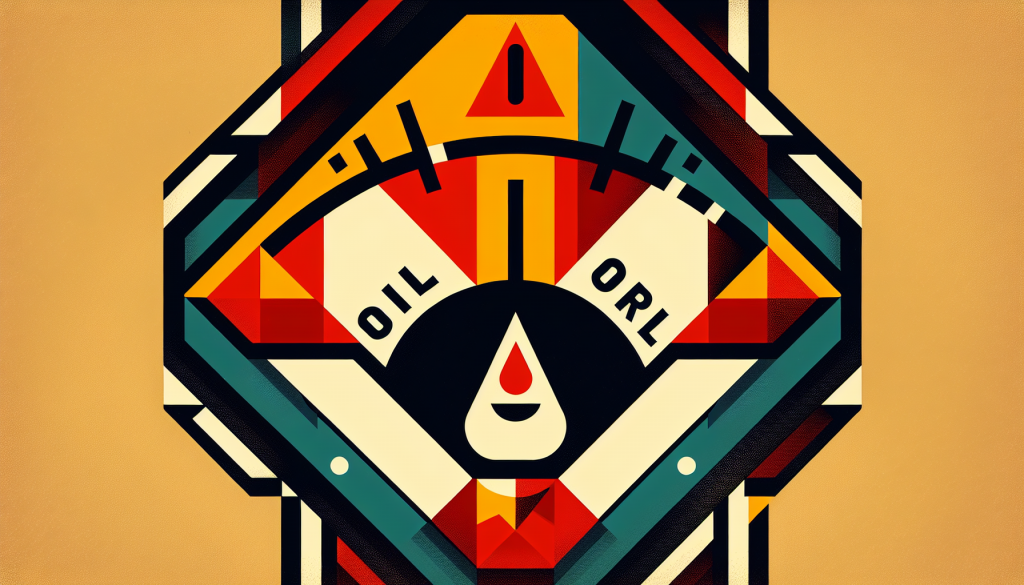Understanding Dashboard Warning Lights
Dashboard warning lights are like your car’s way of sending you a text message. They let you know when something’s up, so you can fix it before it turns into a big problem. Knowing what these lights mean can save you time, money, and a lot of headaches.
Why Dashboard Warning Lights Matter
These little lights are more than just annoying blips on your dashboard. Here’s why they matter:
- Safety: They alert you to issues that could put you in danger.
- Preventive Maintenance: Catching problems early can save you from expensive repairs.
- Performance: Fixing issues promptly keeps your car running smoothly.
Common Dashboard Warning Lights and What They Mean
Knowing what each warning light means helps you take the right action. Here’s a quick guide to some of the most common ones:
| Warning Light | Meaning |
|---|---|
| Low oil pressure or oil level. Act fast! Check out dashboard warning light oil for more info. | |
| Charging system issues. See dashboard warning light battery. | |
| Possible brake system problem. More details at dashboard warning light brake. | |
| Anti-lock braking system issue. Learn more at dashboard warning light abs. | |
| Engine overheating or low coolant level. Visit dashboard warning light coolant. | |
| Transmission issues detected. Read more at dashboard warning light transmission. | |
| Airbag system malfunction. Learn about dashboard warning light airbag. |
For a full list of warning lights and what they mean, check out our dashboard warning light guide.
Understanding these lights can keep your car from breaking down unexpectedly and ensure it stays safe and reliable. For troubleshooting tips and solutions, visit dashboard warning light troubleshooting and dashboard warning lights solutions.
Dealing with Oil Dashboard Warning Light Issues
Seeing that oil warning light pop up on your dashboard can be a real heart-stopper. But don’t panic—understanding why it happens and knowing what to do can save you a lot of headaches.
Why Your Oil Warning Light is On
That pesky oil warning light can light up for a bunch of reasons. Here are some usual suspects:
| Cause | What’s Going On |
|---|---|
| Low Oil Level | Not enough oil in the engine. |
| Oil Pressure Problems | Issues with the oil pump or blocked oil passages. |
| Faulty Oil Sensor | The oil pressure sensor is acting up. |
| Bad Oil Quality | The oil is old or dirty. |
| Oil Pump Failure | The oil pump isn’t doing its job. |
Any of these can mess with your engine’s performance and lifespan. So, it’s important to tackle the problem quickly to avoid major damage.
What to Do When the Oil Warning Light Comes On
If that oil warning light starts glowing, here’s what you should do to keep your ride safe:
- Check the Oil Level
- Park on a flat surface.
- Turn off the engine and let it cool down.
- Use the dipstick to check the oil level.
- If it’s low, add the recommended oil type.
- Look for Leaks
- Check under the car for oil puddles.
- Inspect around the engine for any signs of leaks.
- Keep an Eye on Oil Pressure
- If the oil level is fine but the light’s still on, it might be an oil pressure issue.
- Get a mechanic to check it out.
- Check the Oil Sensor
- Sometimes, it’s just a faulty sensor causing the light to come on.
- Have a mechanic inspect and replace it if needed.
- Check Oil Quality
- Look at the oil’s condition.
- If it looks dirty or contaminated, change the oil and filter.
- Get Professional Help
- If you can’t figure out the problem, take your car to a pro for a thorough check-up.
- For more details, check out our dashboard warning light diagnosis article.
By following these steps, you can tackle that oil warning light issue head-on and keep your car running smoothly. For more info on other dashboard warning lights and what they mean, visit our dashboard warning light guide.



